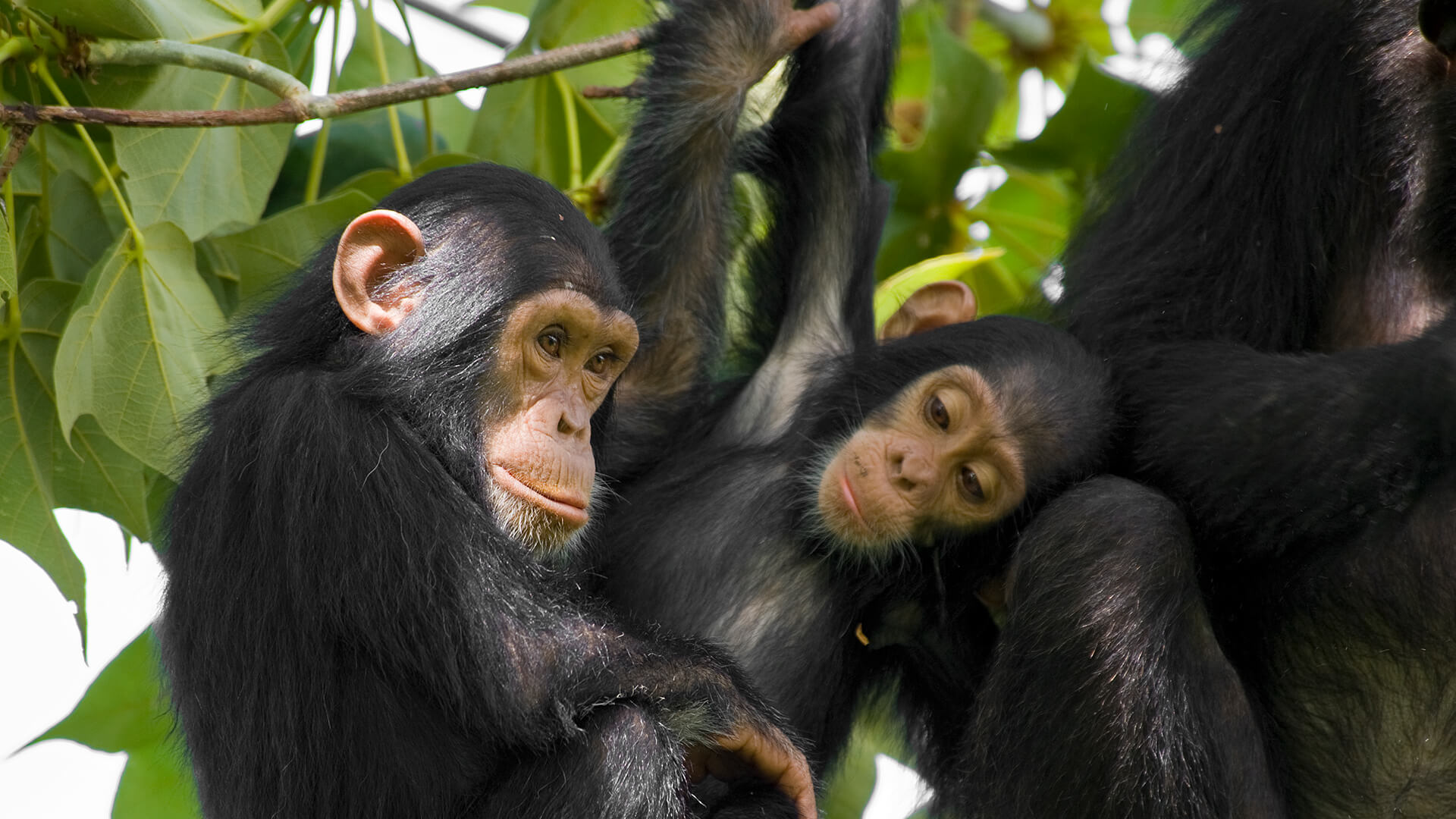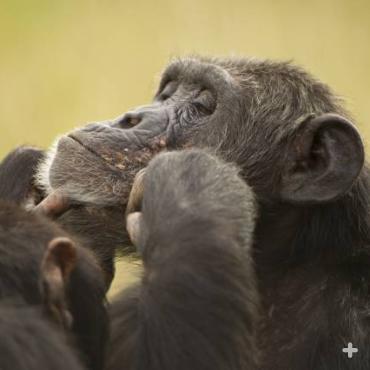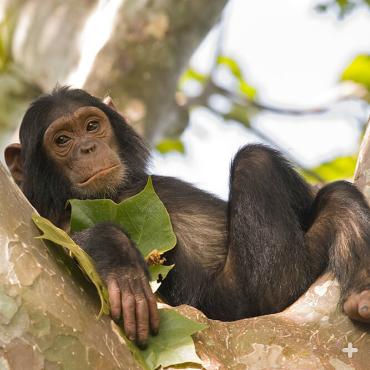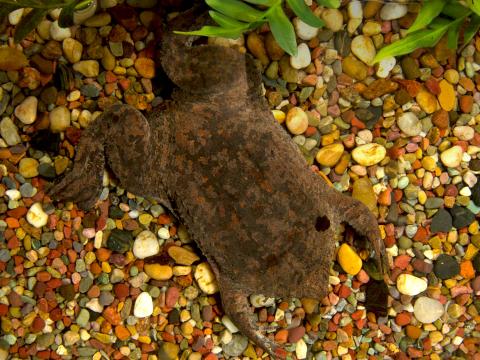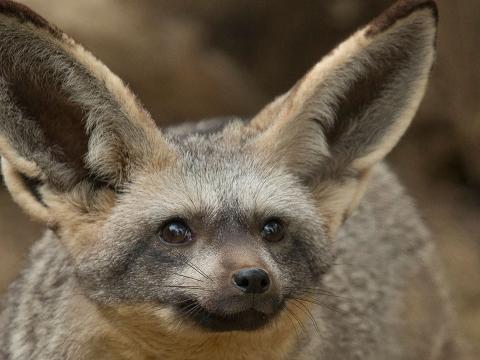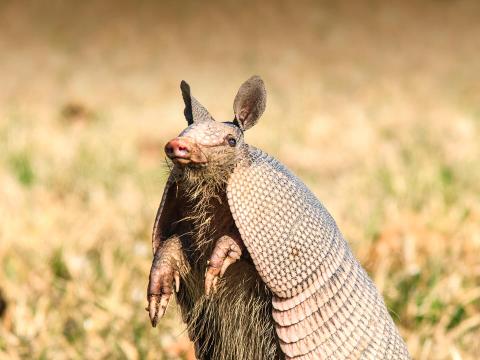Chimpanzee
- Class: Mammalia (Mammals)
- Order: Primates
- Family: Hominidae
- Genus: Pan
- Species: troglodytes
ABOUT
The great knuckle-walker. Chimpanzees are very familiar to us humans, perhaps because so much of their behavior reminds us of ourselves. They are considered great apes, just like gorillas, orangutans, and bonobos. Their distinctive mode of travel—walking on the sole of each foot and the knuckles of their hands—have earned them the title of knuckle-walkers.
Look closely. There is no hair on a chimpanzee’s face, hands, or feet, but the rest of its body is covered with either long black or brown hair. Unlike other primates such as monkeys and baboons, chimps and other apes don’t have a tail. But chimpanzees do have large ears that stick out a bit, which helps them hear other chimps in a dense forest. Like humans, chimps have opposable thumbs to help them grasp branches or grab a bite to eat, as well as fingernails and toenails.
HABITAT AND DIET
Chimpanzees inhabit tropical rainforest, and lowland and mountain forests in western and Central Africa.
Everything tastes good! Chimpanzees eat a wide variety of food. Scientists have recorded about 80 different items chimps eat, including seeds, fruit, leaves, bark, honey, flowers, and insects. This makes up most of their diet. However, chimpanzees also hunt other wildlife, like monkeys or small antelope, for meat. Feeding is usually an individual activity, but sometimes chimps look for food together.
Clever primates. Chimpanzees are famous for using tools to get food. They often strip a branch of its leaves and then dip it in an ant or termite hill to get the insects inside. When water is scarce, chimps chew leaves so they are soft and sponge-like—this allows them to then soak up rainwater inside of tree holes.
FAMILY LIFE

All in the family. Home for a chimpanzee is a community of other chimps made up of family groups. Within these family groups there are usually about 6 to 10 individuals. An entire chimp community can sometimes have as many as 100 members, made up of many different family groups. One experienced adult male chimp can be the leader of the troop, although in other troops leadership is shared among several males.
Chimpanzees use body language, facial expressions, hand-clapping, grooming, and kissing to communicate within their troop. Usually a male stays in the community into which he was born, but females transfer to others when they become adults.
Baby apes. Female chimps usually give birth for the first time when they are between 12 and 15 years old. Newborn chimps have pink skin under their dark hair that later turns black as they age. They are extremely helpless at birth, and the youngsters must stay with their mother until age seven before they can survive on their own.
Soon after birth, the baby learns to cling to its mother’s underside. Later it transfers to her back and uses this piggyback style of riding for the next seven months or so. A young chimp gets milk from its mother until it is about three years old. It can begin walking on its own at about age four but continues to stay with Mom for a few more years, learning all the skills needed to survive. A mother chimp develops a close bond with her young that may last a lifetime.
CONSERVATION
Chimpanzees have been involved in many scientific studies. Unfortunately, some people keep them as pets. Taking them from their natural habitat has caused a decline in their populations. People also hunt chimps for food (bushmeat) or to protect their crops from being eaten by hungry chimps. These conditions, plus loss of habitat, have resulted in the chimpanzee being endangered.
By supporting San Diego Zoo Wildlife Alliance, you are our ally in saving and protecting wildlife worldwide.

